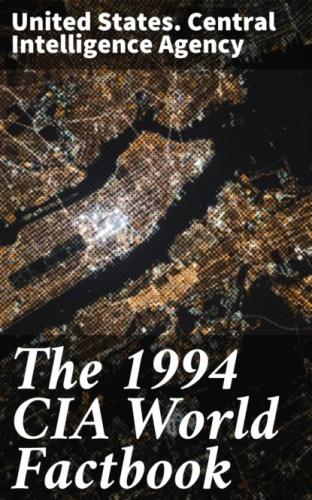substantial income from overseas investment supplements domestic
production. The government provides for all medical services and
subsidizes food and housing.
National product:
GDP - exchange rate conversion - $2.5 billion (1991 est.)
National product real growth rate:
1% (1991)
National product per capita:
$9,000 (1991 est.)
Inflation rate (consumer prices):
2% (1993 est.)
Unemployment rate:
3.7% (1989)
Budget:
revenues:
$1.3 billion
expenditures:
$1.5 billion, including capital expenditures of $255 million (1989
est.)
Exports:
$2.3 billion (f.o.b., 1992 est.)
commodities:
crude oil, liquefied natural gas, petroleum products
partners:
Japan 53%, UK 12%, South Korea 9%, Thailand 7%, Singapore 5% (1990)
Imports:
$2 billion (c.i.f., 1992 est.)
commodities:
machinery and transport equipment, manufactured goods, food, chemicals
partners:
Singapore 35%, UK 26%, Switzerland 9%, US 9%, Japan 5% (1990)
External debt:
$0
Industrial production:
growth rate 12.9% (1987); accounts for 52.4% of GDP
Electricity:
capacity:
310,000 kW
production:
890 million kWh
consumption per capita:
3,300 kWh (1990)
Industries:
petroleum, petroleum refining, liquefied natural gas, construction
Agriculture:
imports about 80% of its food needs; principal crops and livestock
include rice, cassava, bananas, buffaloes, and pigs
Economic aid:
recipient:
US commitments, including Ex-Im (FY70–87), $20.6 million; Western
(non-US) countries, ODA and OOF bilateral commitments (1970–89), $153
million
Currency:
1 Bruneian dollar (B$) = 100 cents
Exchange rates:
Bruneian dollars (B$) per US$1 - 1.6032 (January 1994), 1.6158 (1993),
1.6290 (1992), 1.7276 (1991), 1.8125 (1990), 1.9503 (1989); note - the
Bruneian dollar is at par with the Singapore dollar
Fiscal year:
calendar year
@Brunei, Communications
Railroads:
13 km 0.610-meter narrow-gauge private line
Highways:
total:
1,090 km
paved:
bituminous 370 km (with another 52 km under construction)
unpaved:
gravel or earth 720 km
Inland waterways:
209 km; navigable by craft drawing less than 1.2 meters
Pipelines:
crude oil 135 km; petroleum products 418 km; natural gas 920 km
Ports:
Kuala Belait, Muara
Merchant marine:
7 liquefied gas carriers (1,000 GRT or over) totaling 348,476
GRT/340,635 DWT
Airports:
total:
2
usable:
2
with permanent-surface runways:
1
with runway over 3,659 m:
1
with runway 2,440–3,659 m:
0
with runway 1,220–2,439 m:
1
Telecommunications:
service throughout country is adequate for present needs;
international service good to adjacent Malaysia; radiobroadcast
coverage good; 33,000 telephones (1987); broadcast stations - 4 AM/FM,
1 TV; 74,000 radio receivers (1987); satellite earth stations - 1
Indian Ocean INTELSAT and 1 Pacific Ocean INTELSAT
@Brunei, Defense Forces
Branches:
Land Force, Navy, Air Force, Royal Brunei Police
Manpower availability:
males age 15–49 79,486; fit for military service 46,258; reach
military age (18) annually 2,756 (1994 est.)
Defense expenditures:
exchange rate conversion - $300 million, 9% of GDP (1990)
@Bulgaria, Geography
Location:
Balkan State, Southeastern Europe, bordering the Black Sea, between
Romania and Turkey
Map references:
Africa, Arctic Region, Ethnic Groups in Eastern Europe, Europe, Middle
East, Standard Time Zones of the World
Area:
total area:
110,910 sq km
land area:
110,550 sq km
comparative area:
slightly larger than Tennessee
Land boundaries:
total 1,808 km, Greece 494 km, The Former Yugoslav Republic of
Macedonia 148 km, Romania 608 km, Serbia and Montenegro 318 km (all
with Serbia), Turkey 240 km
Coastline:
354 km
Maritime claims:
contiguous zone:
24 nm
exclusive economic zone:
200 nm
territorial sea:
12 nm
International disputes:
none
Climate:
temperate; cold, damp winters; hot, dry summers
Terrain:
mostly mountains with lowlands in north and south
Natural resources:
bauxite, copper, lead, zinc, coal, timber, arable land
